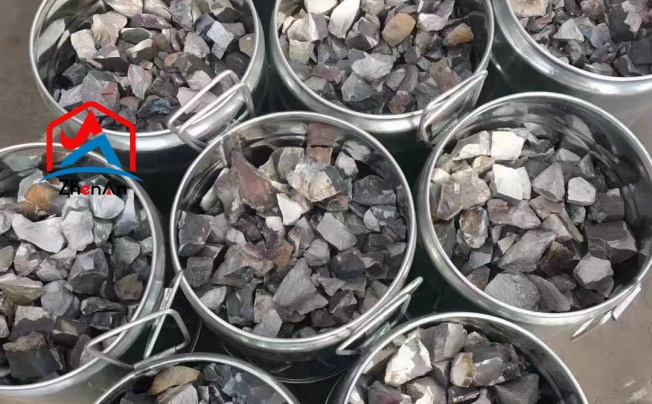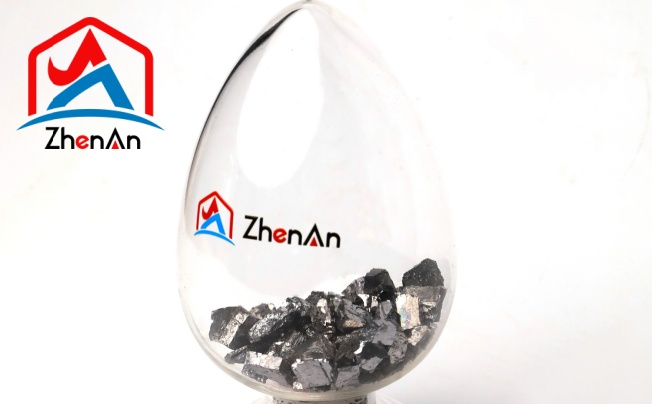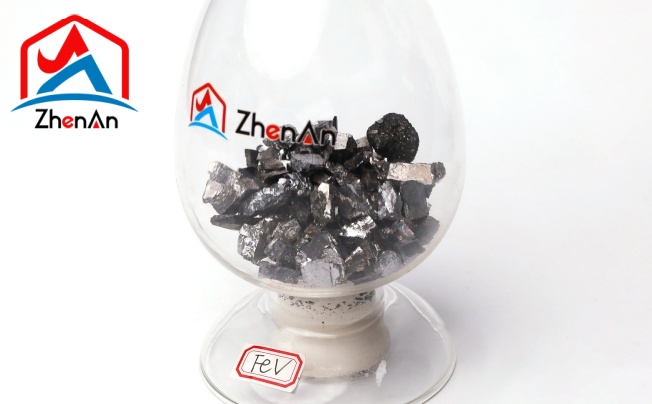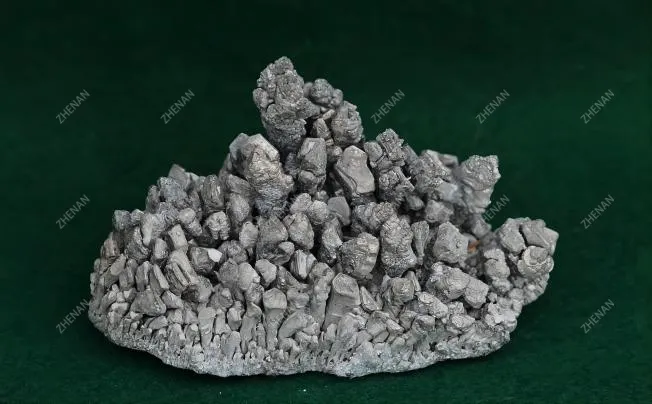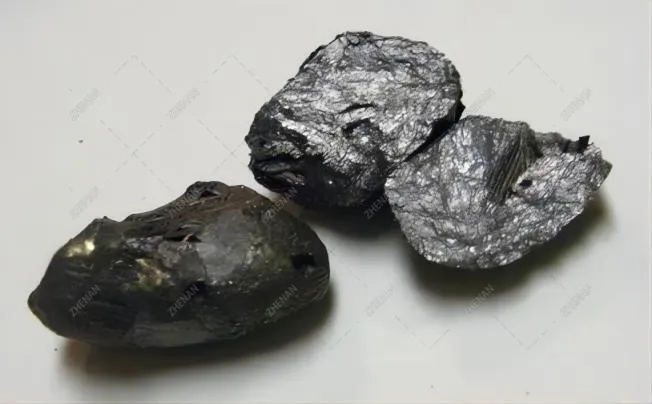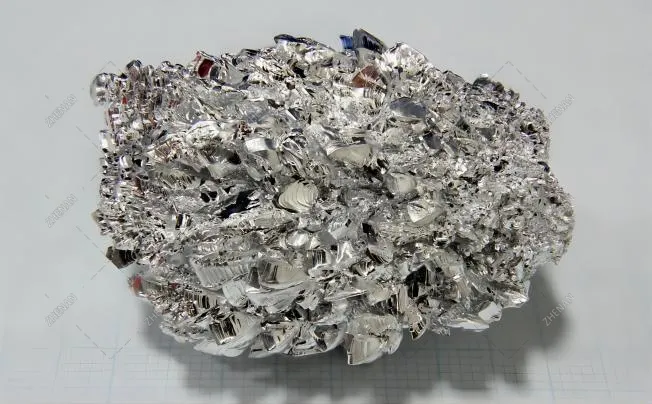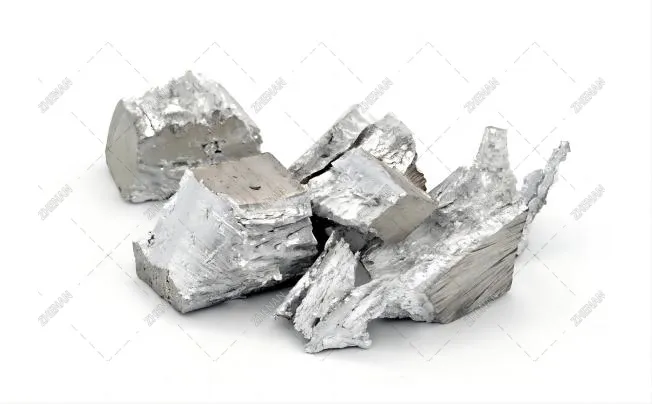Magnesium is an atomic number twelve element represented by the symbol Mg. It is a low density, strong chemical reactivity, and glossy grey metal with a low melting point. Magnesium, like other alkaline earth metals (Group 2 of the Periodic Table of Elements), is usually always in the +2 oxidation state and only occurs naturally in combination with other elements. It readily combines with air to create a thin magnesium oxide passivating layer that stops the metal from corroding any further. Magnesium is mostly utilised as a component of high-strength lightweight alloys including aluminium and has a lower density than aluminium.
Advantages of Magnesium Metal
Low Density: Magnesium is one of the lightest structural metals due to its well-known low density. Because of this characteristic, it is beneficial in applications like the automotive and aerospace sectors where reducing weight is crucial.
High strength-to-weight ratio: Magnesium has a high strength-to-weight ratio despite its low density. This indicates that it is lightweight but offers strength and structural integrity.
Good corrosion resistance: Magnesium has good corrosion resistance, particularly when contrasted with other metals like steel. Nevertheless, protective coatings or alloys are frequently added to increase their corrosion resistance because it is still prone to corrosion in some conditions.
Good heat dissipation: Magnesium dissipates heat rapidly and has good thermal conductivity. Because of this characteristic, it can be used in applications like heat sinks and electronic equipment where heat dissipation is crucial.
Flammability: Under some circumstances, magnesium is highly flammable and readily ignites. This feature presents a problem as well as an advantage since it can be utilised in applications where highly combustible, lightweight materials are needed (like fireworks), yet handling them carefully is still necessary to avoid accidents.
Alloying ability: Magnesium is easily alloyed with other metals to create a wide range of alloys with various characteristics. These alloys can be made to order for particular uses, including enhanced heat resistance, corrosion resistance, or strength.
Manufacturing Process of Magnesium Metal
Thermal reduction method
Magnesium metal is purified primarily by the thermal reduction process using the chemical component silicon. The production process uses silicon carbide, calcium oxide, and pure silicon as basic materials. High temperatures and vacuum are necessary for the chemical reaction to occur. The temperature can reach between 1100 and 1250 degrees Celsius during high conditions. Although there are a few variations in the thermal reduction method used to make magnesium metal based on the various reaction equipment needed, the basic principles remain the same. It is separated into four categories: the Pidgeon approach, the Balzano method, the Magni method, and the MTMP method, depending on the equipment used.
Applications of Magnesium Metal
1. The density of magnesium is one-third that of aluminium. It is utilized in the production of automobiles and aircraft and enhances aluminium’s mechanical, manufacturing, and welding qualities when utilized as an alloying agent.
2. Magnesium is utilized in items like power tools, laptops, bags, vehicle seats, and cameras that can be made lighter. To get rid of sulphur, it is also added to molten steel and iron.
3. Magnesium is utilized in flares, fireworks, and pyrotechnics because it burns brightly and ignites readily in the air.
4. Magnesium hydroxide gives plastic flame retardancy, while magnesium sulphate is occasionally employed as a dye mordant. Magnesium oxide can be added to fertilisers and cow feed, and it is used to manufacture heat-resistant bricks for furnaces and fireplaces. Magnesium sulphate, often known as Epsom salt, magnesium hydroxide, magnesium chloride, and citrate are all utilized in medicine. Grignard reagents are also significant organomagnesium compounds used in the chemical industry.
Modifications to the Global Magnesium Market and Production
The military industry played a major role in the growth of the magnesium industry before the 1950s. Following the 1960s, the commercialization of magnesium metal and its use in space technologies drove the metal’s expansion. Magnesium metal is produced in the US, Canada, Norway, the former CIS, France, Italy, the former Yugoslavia, Brazil, India, and North Korea. In October 1995, Japan declared that it would leave the magnesium smelting business permanently. The global economic downturn has resulted in a decrease in magnesium production as well as consumption.
The need for magnesium is growing yearly as the Western economy progressively improves. Global magnesium use increased by 5.39% to 473,200 tonnes in 2000; of that amount, the West consumed 442,700 tonnes, an increase of 4.65%. There was an 189,700-ton shortage in the West, of which 85% had to be imported from China. China is currently the West’s top supplier of magnesium. Despite a 6.5% increase in worldwide magnesium output in 2000, China’s growth rate has reached 21.7%, and the production of raw magnesium in the West has scarcely increased.
The West’s supply of raw magnesium started to decrease after 2001. Demand peaked at 480,000 tonnes in 2002. In this era of rapid progress, Western nations also started to increase their industrial capacity. The amount of magnesium consumed worldwide rose between 2004 and 2009, peaking in 2007. China produced 698,300 tonnes of raw magnesium in 2012, making up 82% of the world’s total, according to data from the Magnesium Branch of the China Nonferrous Metals Industry Association. China produced 873,900 tonnes of raw magnesium in 2014, a 13.53% increase over the same time in 2013. Shaanxi Province, the country’s top producer of magnesium metal, produced 404,600 tonnes in total in 2014—a 17.86% rise from the previous year and 46.30% of China’s overall production. Among them, the cumulative production of the Fugu area is 348,100 tonnes, a year-over-year increase of 29.89%, accounting for 39.83% of China’s total output; the cumulative production of the Yulin area is 396,300 tonnes, a year-over-year increase of 19.08%.
With thirty years of expertise, Zhenan International is a renowned producer and supplier of metallurgical raw materials. Additionally, it is a business that combines operations for import and export, processing, sales, and manufacturing. The company creates and sells more than 150,000 tonnes of goods a year, all within 30,000 square metres of space. It is dedicated to offering premium ferroalloys, metal silicon blocks/powders, ferrotitanium, ferrovanadium, ferrotungsten, cored wire, and other items. It specialises in metallurgy and refractory materials.




